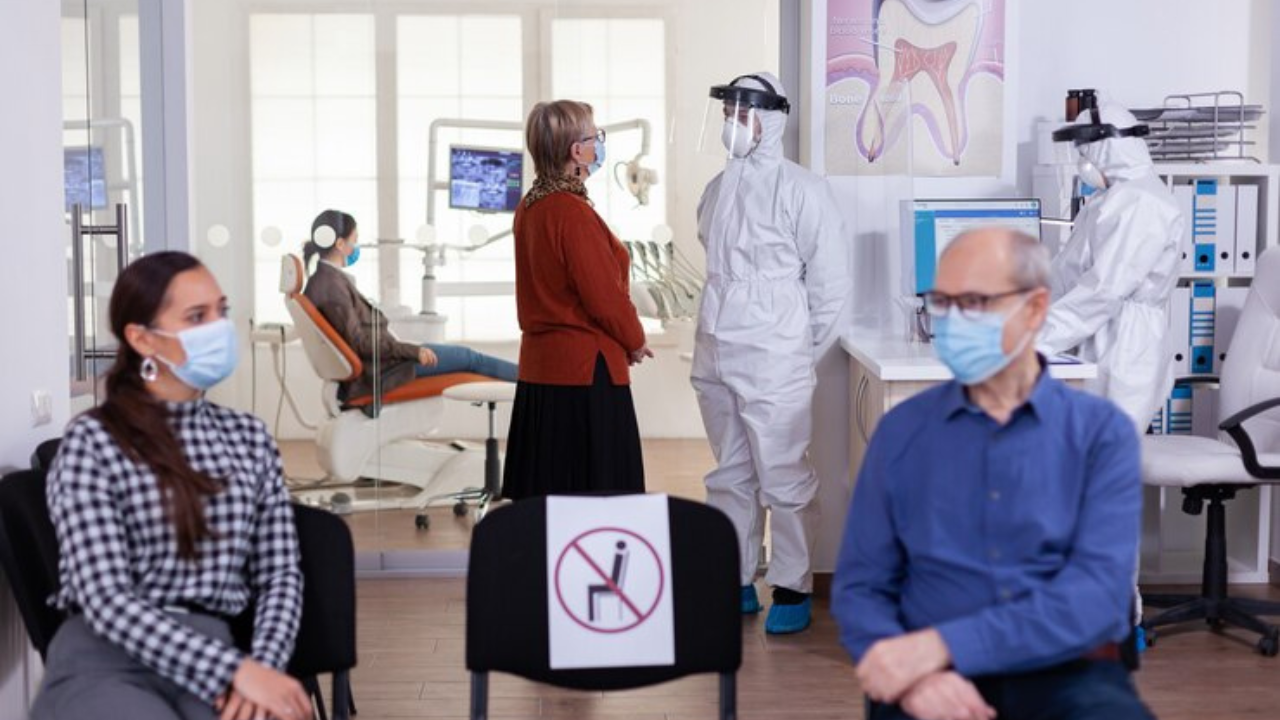The Importance of Signage in Healthcare Settings
Effective signage is an indispensable guide in healthcare environments, where precision and timely communication are paramount. With clear and navigable signs, patients and visitors might feel safe and confident, potentially leading to missed appointments or delays in critical care. Directional signage can notably improve patient satisfaction by reducing the stress associated with finding one’s way through a complex facility. Moreover, these signs enhance patient safety by clearly indicating emergency routes and essential services, minimizing risk during critical situations.
Critical Elements of Effective Signage
Color, font, and imagery are at the core of effective healthcare signage. These components must be meticulously chosen to deliver a compelling and functionally effective message. Bright, contrasting colors capture attention and aid in quick recognition, which is vital in a fast-paced healthcare environment. Choosing the right font is equally crucial; fonts should be clear and readable from various distances yet maintain a professional look reflecting healthcare’s serious nature. For instance, doctor office signs are crucial in streamlining patient flow from the parking lot to various departments, ensuring a seamless experience from entry to exit. Icons and symbols are universal languages that transcend spoken words, offering a quick and easily understood means of communication, especially helpful in diverse and multilingual environments.
Design Considerations for Healthcare Signage
Designing signage for medical and dental facilities requires careful consideration of various factors such as size, material durability, and strategic placement. Signs must be appropriately sized to ensure they are visible without overwhelming the space, striking a balance between prominence and proportion. The materials used should withstand frequent cleaning and exposure to elements, ensuring longevity and sustained readability. It’s also essential to prioritize accessibility in design. Compliance with the Americans with Disabilities Act (ADA) involves ensuring signs are readable to individuals with visual impairments and other disabilities, which includes guidelines on size, contrast, and legibility.
Navigating Regulations and Standards
Adherence to regulations governing signage is critical in healthcare. This compliance ensures functionality and equitable access to information for all individuals. Healthcare signage must meet the standards set forth by the ADA, which covers everything from font size to text contrast, ensuring that signs are inclusive and accessible. There are also mandatory fire safety codes, necessitating the placement of particular signs to guide evacuations effectively. Regular updates to these standards mean healthcare providers must stay informed to ensure ongoing compliance.
Integrating Technology with Signage
The incorporation of technology into healthcare signage is rapidly transforming traditional approaches. Digital signage, for instance, enables dynamic content display, allowing healthcare facilities to present real-time information, updates, and alerts, all of which can be crucial in a healthcare setting. Interactive kiosks offer personalized guidance to patients, helping them easily navigate complex hospital layouts. Additionally, these technologies can reduce perceived wait times by engaging patients with relevant content, such as educational health tips or facility updates, enhancing the overall patient experience. As technology becomes further integrated into everyday life, the potential for its application in healthcare settings is immense, providing avenues for increased connectivity and patient engagement.
Real-World Examples and Case Studies
A wealth of success stories from healthcare institutions underscores the importance of strategically designed signage. Integrating traditional static signs with modern digital technologies has significantly improved wayfinding efficiency and patient satisfaction at numerous facilities. Such case studies reveal that updates to sign systems can diminish confusion, reduce bottlenecks in patient flow, and even positively impact staff efficiency by minimizing interruptions caused by lost patients. The data gathered from these environments serves as a blueprint for other facilities seeking to enhance their signage strategy.
Best Practices for Maintaining Signage
Maintaining high standards for healthcare signage involves routine checks and timely updates. Signs should be regularly inspected for wear and tear to remain clear and legible. Establishing cleaning routines helps maintain the visibility of signs, especially in high-touch areas where dirt and fingerprints can obscure important information. Additionally, outdated data should be quickly refreshed to maintain relevance and accuracy, which is vital in facilities where procedures and paths can frequently change. Ongoing evaluation and feedback from staff and patients can further inform improvements, ensuring that signage evolves alongside changes in the healthcare environment.
Future Trends in Medical and Dental Signage
Looking ahead, the intersection of cutting-edge technologies, such as Augmented Reality (AR) and Artificial Intelligence (AI), with healthcare signage is poised to revolutionize patient experiences. AR can provide interactive, layered navigation guides through handheld devices, offering patients a three-dimensional understanding of their route. AI personalizes these experiences further, adapting signage content to each patient’s specific needs based on aspects like language preference or accessibility requirements. As more healthcare facilities adopt these innovations, the future landscape of medical and dental signage promises to integrate physical and digital, offering enhanced, tailored experiences for all. With technology continually advancing, the potential for innovation in healthcare signage is vast, promising a future of more intelligent, more responsive environments that cater to the individual needs of patients and staff alike.











